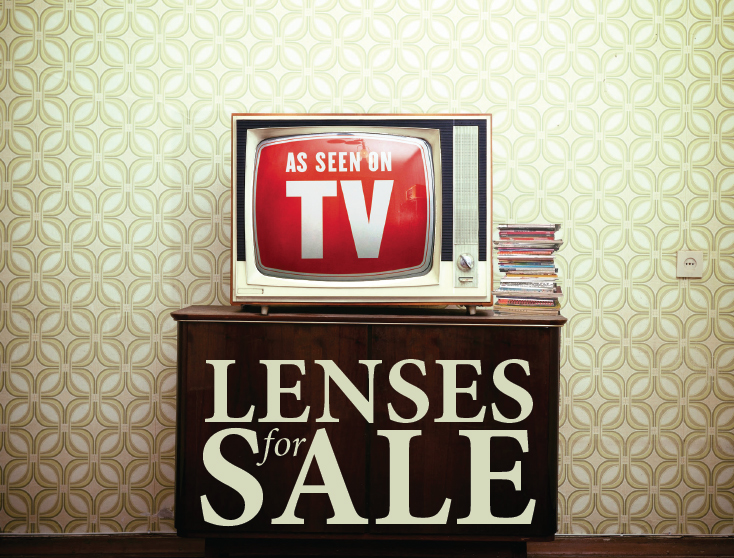These days, more and more clients visit optical shops after seeing advertisements for spectacle lens products, either on television or in major magazines – and Dennis Higgins believes this is both good and bad.
“In general, it’s great that eyeglass wearers are more informed about lens products, whether they are certain lens designs or coatings,” says the optician and owner of Higgins Fine Opticians in London, ON. “But with advertisements, they don’t get all the facts. Lenses aren’t like prescription drugs. When you go to a pharmacist, you have a prescription for one drug that’s supposed to treat a specific condition. But with eyeglasses lenses, the potential combination of products is endless – reading glasses, lenses for distance, progressives, sports glasses, tints and coatings. Just because clients see something advertised doesn’t mean it will be the right product for them.”
Efforts to brand various spectacle lens products with consumers have created an interesting conundrum for eyecare professionals (ECPs): on one hand, independents struggling in a competitive marketplace appreciate anything that drives more traffic through their doors and many have sought to leverage branding programs by prominently displaying signage and other point-of-purchase materials for products their clients may see advertised on TV or in print.
“If you can do a good window promotion and if clients see that name and it draws them in the door, once they’re in, you can get them to the products they need,” notes Higgins. “That’s the trick to get them in the door.”
But Deborah Perry, optician and owner of Optika Eclectic Eyewear in Saskatoon, recalls a few instances in which clients were so impressed by the lenses they saw advertised – either by the touted technology or features and benefits – that it was a bit challenging to direct them toward the products they actually needed. Interestingly, in Perry’s experience, despite significant efforts on the part of some lens manufacturers to “brand” their products with consumers, “nine times out of 10, when you ask people what they’re wearing, they haven’t got a clue.” Progressive wearers, she notes, tend to be loyal to a specific brand if they are happy with their lenses, but otherwise there is not a lot of brand loyalty when it comes to spectacles.
“Overall, very few people care that much about the brand name of the lens,” she says. “What matters is that they are happy and comfortable with it. Advertising is a funny thing. People may remember it, but they likely don’t remember all of it, or where they saw it.” To illustrate, she relates that she advertises her shop at two bus stops in Saskatoon, and while these ads are effective at bringing in customers, those who come in after seeing them routinely forget where they saw them. “They’ll say, ‘I saw your ad in Sutherland,’ and I’ll think to myself, ‘No you didn’t, because they’re on Clarence [Avenue].’”
This is not to say that ECPs don’t appreciate the efforts of lens manufacturers to support their businesses and increase consumer demand for the products they sell. Quite the contrary. However, many of them would also like to see corresponding enhancements to branded point-of-purchase materials as well as increased funding for educational programs that help opticians and optometrists better understand lens technology.
“Advertising is great, but lenses sell themselves if opticians take time to explain the technology and build a level of trust with the client,” Higgins clarifies. “To do that, they need to understand what the different products are, how they work and how they can improve vision. And that takes education.”








